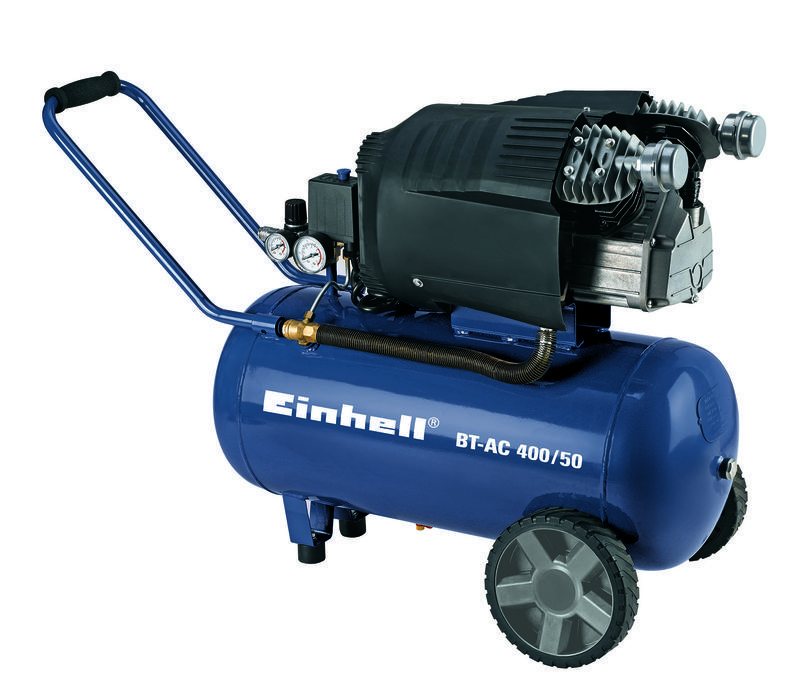

This will cause the serpentine belt to snap off quite quickly, though, so if you have been noticing it for a long time, there is most likely something else that is the problem with your car.

If you notice a burning rubber smell from the engine bay when you try to turn on the AC, it can mean that the AC compressor is seized and that the serpentine belt will spin on the ac compressor pulley. Newer cars mostly use variable AC compressors, which means they spin all the time and do not have this clutch. However, if the ac compressor clutch is bad, you often have to replace the compressor. This is more a sign of a bad ac compressor clutch rather than a bad ac compressor, though. No electrical power can also cause this to the compressor, so it needs to be diagnosed properly. If this clutch has failed, it will not engage and turn the compressor axle. It also has an outer clutch on this pulley which is engaged when the AC compressor should start. The inner pulley will spin at all times with the engine without turning the axle into the compressor. Most ac compressors’ pulleys consist of two parts. If you notice that the noise disappears when the pump is switched off, this would indicate that your compressor’s internals has worn and will require the unit to be replaced. Once the bearings and other metallic components start to wear and become noisy inside the compressor, you will usually begin to notice a harsh grinding noise coming from the engine.Ī good way to determine if it’s your compressor that’s making this noise is to try switching your A/C on and off and listen out for any changes in the grinding noise. Noise From AC CompressorĪs you can imagine, when the compressor’s clutch is engaged, the internals of the pump are working incredibly hard to keep up with the demand. If your compressor has the correct feeds to it but still isn’t working, this would suggest a faulty A/C compressor.

As the vehicle is running and the A/C is switched on, you should have a live feed going to the pump. The compressor will usually have a 2-pin connector situated on the exterior of the body. If your vehicle indicates that your A/C should be on (usually by a little light on the A/C button), but you don’t feel a temperature change, this could point towards a faulty compressor.Ī good way to check if your compressor is the fault here is to check your A/C compressor’s power feed. However, there are a number of things to look out for, which could point to a bad compressor being at fault if your A/C stops working. This may seem like an obvious first choice on the list. Here is a more detailed list of the signs of a bad or failing AC compressor to look for: 1. In some cases, you can also see refrigerant leaks around the compressor. You may also hear noises coming from the AC compressor if you open the hood. The most common symptom of a bad AC compressor is warm or fluctuating air-conditioning temperatures. AC Compressor Replacement Cost Symptoms Of A Bad AC Compressor


 0 kommentar(er)
0 kommentar(er)
